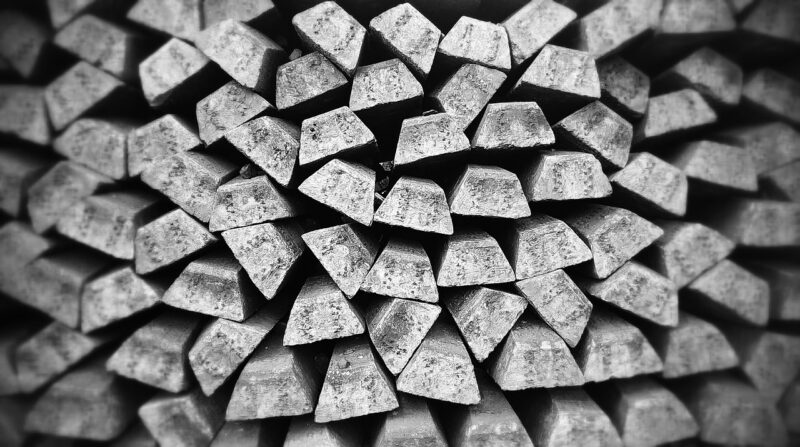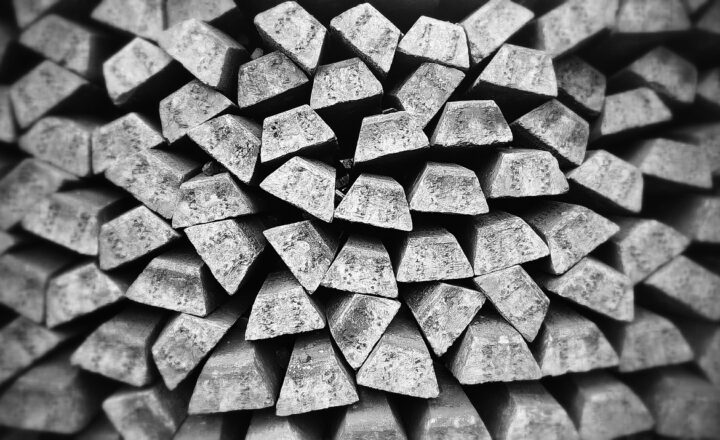The Mysterious Properties of Silver: How This Metal Fights Bacteria and Promotes Healing
November 14, 2024

Silver has been cherished for centuries not merely for its aesthetic appeal but also for its remarkable antibacterial and healing properties. In an age where healthcare advancements are on the rise, the ancient wisdom regarding silver’s health benefits has found renewed interest. In this article, we will explore the fascinating properties of silver, its historical uses in medicine, and its modern applications in fighting infections and enhancing healing.
1. A Brief History of Silver in Medicine
Silver has been used in various cultures for medicinal purposes dating back to ancient civilizations. The Egyptians employed silver to sterilize drinking water and food, while the Greeks and Romans attributed healing properties to the metal. In the past, it was customary for physicians to add silver to bandages to prevent infection.
The term “silver bullet” originated from folklore, symbolizing a magical solution to a problem. Historically, silver compounds were used to treat infections before the advent of antibiotics, demonstrating the enduring belief in silver’s ability to combat harmful microbes.
2. How Silver Works Against Bacteria
The antimicrobial properties of silver can be attributed to its ability to disrupt bacterial cell membranes. Here’s a closer look at how silver engages bacterial cells:
- Disruption of Cell Membranes: Silver ions can penetrate the cell walls of bacteria, disrupting their structural integrity, causing leakage of essential cellular materials, leading to cell death.
- Inhibition of Enzymatic Activity: Silver interferes with bacterial enzymes that are vital for their metabolism. By disrupting these processes, silver can hinder bacterial growth and reproduction.
- Formation of Reactive Oxygen Species (ROS): Silver ions can induce oxidative stress within bacterial cells, prompting the formation of ROS, which damages cellular components and further accelerates bacterial death.
Research has shown that silver exhibits a broad spectrum of antibacterial activity, making it effective against both Gram-positive and Gram-negative bacteria, including some antibiotic-resistant strains. This makes silver an appealing candidate for various medical applications.
3. Modern Applications of Silver in Healthcare
Silver’s properties have led to its incorporation into various healthcare products, showcasing its potential benefits in wound care and infection prevention. Here are a few modern applications:
- Silver Coated Medical Devices: Many medical devices such as catheters, intravenous lines, and orthopedic implants are now coated with silver to reduce the risk of infections associated with their use. These coatings help keep bacteria at bay and enhance patient safety.
- Silver Dressings for Wounds: Silver-infused wound dressings are widely used to prevent infections in surgical wounds and chronic ulcers. They provide a moist environment conducive to healing while effectively controlling bacterial growth.
- Silver Solutions for Sanitization: Colloidal silver solutions are marketed for topical and oral applications. While their efficacy can vary, they are sometimes used as antimicrobial agents in hand sanitizers and disinfectants due to their ability to kill pathogens on contact.
- Implantable Devices: Silver-releasing implants have gained attention for their role in minimizing infection rates post-surgery. By providing a controlled release of silver ions, these devices can help reduce microbial colonization at the site of implantation.
4. Benefits of Silver in Promoting Healing
In addition to its antimicrobial properties, silver has been recognized for its potential in promoting healing in various ways:
- Anti-Inflammatory Effects: Silver exhibits anti-inflammatory properties that can aid in the healing process. By reducing inflammation at wound sites, silver helps to alleviate pain and promote faster recovery.
- Enhanced Cell Proliferation: Some studies indicate that silver can stimulate the proliferation of fibroblasts, the cells responsible for tissue repair and regeneration. This might lead to faster wound closure and improved healing outcomes.
- Reduction of Scarring: By preventing infection and promoting quicker healing, silver-infused dressings can also help in reducing the formation of scars, leading to aesthetically pleasing results post-recovery.
While silver’s healing benefits are promising, it’s important to use silver-infused products as directed to avoid potential toxicity or overuse, which can lead to complications.
5. Safety and Precautions with Silver Use
Though silver’s properties are advantageous for health, there are safety concerns that need consideration:
- Argyria: Prolonged exposure to high doses of silver can lead to a condition known as argyria, which results in a bluish-gray discoloration of the skin and internal organs. This happens when silver particles accumulate in body tissues. Ensure to use products within safe limits as prescribed by healthcare professionals.
- Allergic Reactions: Some individuals might be allergic to silver, resulting in skin irritations or other adverse effects. Always conduct a patch test when using new topical products containing silver.
- Not a Replacement for Antibiotics: While silver is beneficial for preventing infections, it should not be regarded as a substitute for antibiotics in the treatment of serious bacterial infections. Always consult a healthcare provider for appropriate medical advice.
Conclusion
The mysterious properties of silver continue to captivate researchers and healthcare professionals around the globe. With its potent antibacterial capabilities and healing benefits, silver is proving to be an invaluable asset in modern medicine. Whether through silver-coated medical devices, dressings, or other applications, the role of this ancient metal in contemporary healthcare is undeniably significant.
As we look toward the future, further research is essential to unlock the full potential of silver, ensuring its safe and effective use in various therapeutic interventions. Embracing the lessons of history, we may find that silver still holds the key to many health-related challenges of today and tomorrow.








